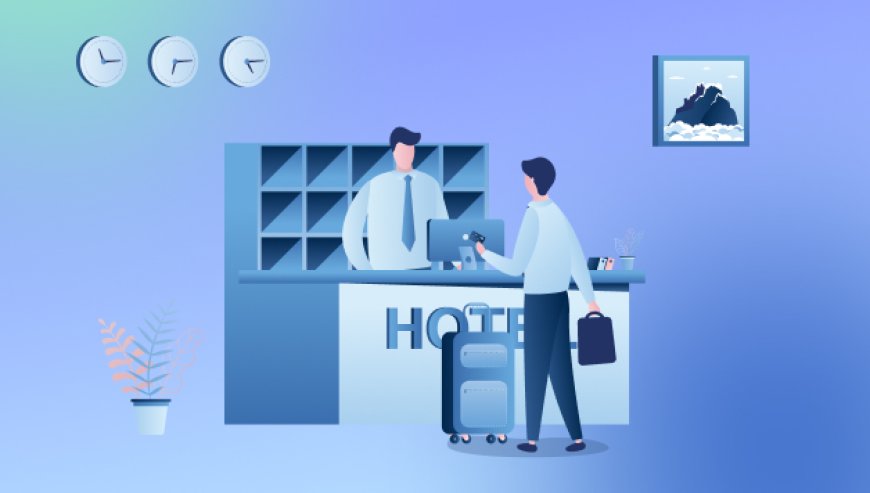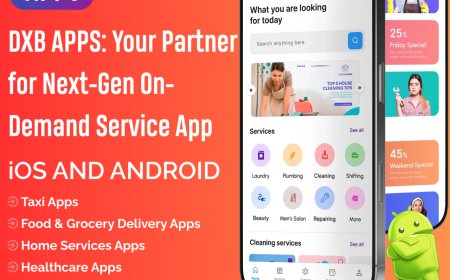Before and After: Property Management Without vs. With Software
See the real difference property management software makes. Compare operations before and after using software—boost efficiency, cut costs, and simplify daily tasks.

Managing rental properties has always been a complex task, involving a balancing act between tenant communication, maintenance requests, lease tracking, rent collection, and more. For years, property managers relied on manual methods like spreadsheets, filing cabinets, phone calls, and handwritten notes. But the landscape has drastically changed. With the rise of digital solutions, especially Property Management Software, the difference in efficiency and control is striking. Lets explore what managing properties looked like before and after software became an essential tool in this industry.
The Before Era: Manual Property Management Challenges
Before digital tools were introduced, property managers and landlords often juggled multiple responsibilities using outdated or disjointed systems. Paperwork piled up, lease agreements were physically stored, and tracking rent payments required careful spreadsheet entries or even handwritten ledgers.
Communication with tenants was primarily via phone or emailinefficient channels when managing large portfolios. Maintenance requests could easily fall through the cracks, leading to unhappy tenants and negative reviews. Additionally, keeping up with property inspections, renewals, and legal compliance was not only time-consuming but prone to human error.
This traditional method also lacked scalability. As the number of units grew, so did the confusion and workload. For example, managing 10 properties with a spreadsheet is possible but chaotic; managing 100 is nearly impossible without some level of automation.
Hotel Management Systems: A Glimpse into Modern Efficiency
The hospitality industry faced similar issues in managing bookings, guests, and facility upkeep until the introduction ofHotel Management Systems. These systems revolutionized how hotels operated by automating reservations, housekeeping schedules, billing, and guest communication. The property rental industry learned a lot from this transformation.
Todays Property Management Software tools are inspired in part by the functionality of Hotel Management Systems. The focus on real-time updates, cloud-based access, and unified platforms helped create more organized, transparent operations, whether youre managing short-term vacation rentals or long-term residential leases.
Enter the Digital Age: Property Management with Software
Now, lets imagine managing properties with modern software. Instead of juggling paperwork and missed calls, you log in to a dashboard that displays real-time updates about every unit you manage. Rent is collected automatically through secure payment gateways. Tenants submit maintenance requests through a portal, complete with photos and urgency levels. Lease agreements are signed digitally, and reminders are automatically sent for renewals or inspections.
This is the power of Property Management Software.
Everything from accounting to tenant communication to maintenance scheduling is handled in one place. Cloud-based systems allow for secure access from any device, at any time, which is particularly helpful for property managers who handle multiple sites or work remotely.
Tenant Experience: Before and After
The tenants experience has also improved significantly thanks to technology. Before software, tenants had to chase down landlords for updates, send checks through the mail, and wait days for simple maintenance tasks to be acknowledged. This process often led to miscommunication, delays, and frustration.
With the integration of Tenant Management Software, tenants now enjoy mobile-friendly portals where they can pay rent, request repairs, access lease documents, and even chat with support in real time. This ease of access improves tenant satisfaction and retention, which ultimately leads to more stable cash flow and lower vacancy rates for landlords.
The switch from passive tenant management to proactive, responsive service is one of the most significant benefits of modern systems.
Operational Benefits of Going Digital
The day-to-day benefits of using a Property Management System extend far beyond time savings. Financial reporting becomes more accurate, data is centralized and easy to analyze, and communication becomes consistent and professional. Late payments are tracked, flagged, and followed up automatically. This level of insight is simply not possible with manual methods.
Additionally, audit trails are created for every interactionhelpful not only for internal operations but also for legal compliance. If a dispute arises, all communication, payment history, and documentation are stored in one place.
Scalability and Growth Opportunities
Property owners with ambitions to grow their portfolio find that software is not just helpfulits essential. Manual methods may work for one or two properties, but as soon as you scale, the workload becomes overwhelming. Property Management Software provides a foundation that grows with you. You can manage hundreds of units without sacrificing control, oversight, or tenant experience.
You can even integrate tools like virtual tours, AI-powered lease recommendations, and automated marketing campaigns, giving you a competitive edge in a saturated market.
The Bigger Picture: Making Data-Driven Decisions
Software tools collect and analyze data that can inform key decisions. Which units have the highest turnover? Whats the average maintenance cost per property? Which payment methods are most popular among your tenants?
Having access to this kind of data means youre no longer relying on gut instinct. With Tenant Management Software, you can optimize your operations using real, actionable insights.
Final Thoughts: The Clear Winner
In the "before and after" comparison, the advantages of using software in property management are undeniable. Traditional methods, while familiar, are simply not equipped to handle the complexities of modern rental management. The shift toward digital transformation brings not only convenience but also professionalism, efficiency, and growth potential.
Whether youre managing a few residential units or a growing portfolio of commercial properties, integrating a Property Management System is no longer optionalits a necessity in todays competitive market. From better tenant experiences to streamlined operations, the value of adopting technology in real estate management is clear.
Leap Leave behind the chaos of spreadsheets and manual tracking. Embrace the future with a reliable, efficient Property Management Software solution designed to simplify your workload and elevate your business.










































